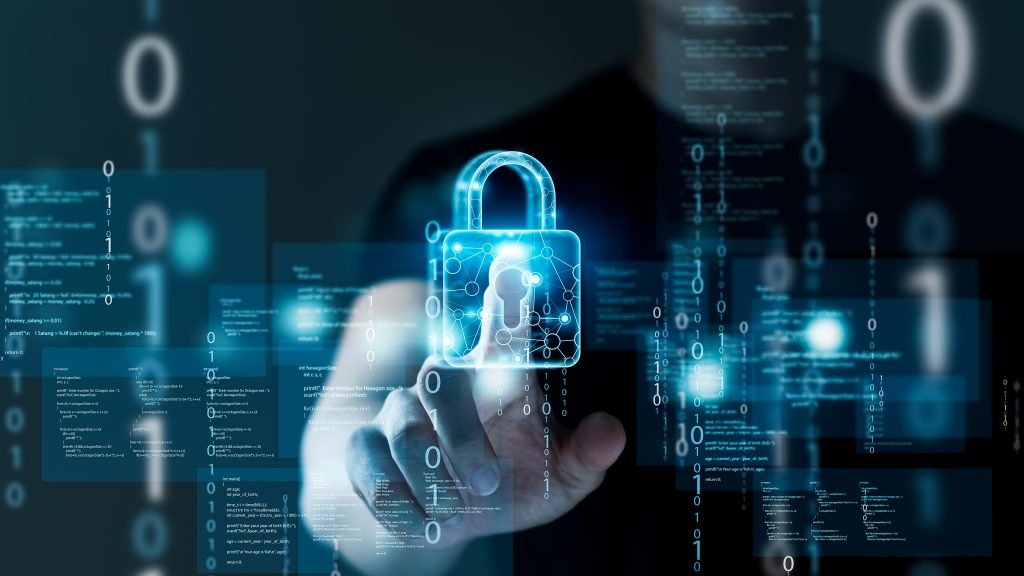
We’ve only just gotten out of one of the worst cybersecurity years on record, and already there are predictions that show 2022 is also going to be another rocky one for network security.
Last year saw an increase of 50% in global weekly attacks per organization. The costs of remediating attacks increased along with attack volume. Between 2020 and 2021, the average cost of ransomware remediation more than doubled, from $761,106 to $1.85 million.
If you want to get through this year securely, then you’ll want to know what is projected to be coming so you can prepare accordingly. Here are the top cybersecurity predictions for 2022.
Supply chain attacks come in many forms, and they will continue to grow this year. These are particularly devastating because they are a one-to-many attack. A supply chain company is infected with malware or otherwise breached, and this can impact anywhere from hundreds to millions of other people relying on that vendor.
Just a few examples of different types of supply chain attacks include:
To help combat supply chain attacks, it’s important to ask about the security standards of those you do business with. It also helps to have alternative suppliers of goods or raw materials if possible.
Ransomware has been in the news more than ever the last few years, and you can expect it to only continue getting worse.
This is due to a few factors, including how easy it is for large criminal groups to make money from companies paying ransomware ransom demands. Another reason is the rise of Ransomware as a Service (RaaS), which makes it easy for anyone to pay a small fee and get a “hacking kit” for conducting a ransomware attack.
Your best protection against ransomware is a multi-pronged approach, including:
One reason that over half of ransomware victims pay the ransom so quickly is that many have insurance coverage that will pay them back. However, this may be a thing of the past soon.
There are predicted to be major changes in the cybersecurity liability insurance industry that will mean less coverage and higher prices. The coverage that is beginning to be excluded from insurer policies includes payment of the ransom in a malware attack and attacks by state-sponsored groups (which are on the rise).
We’re going through a steep rise in IoT device adoption at the moment. This is fueled both by advances in AI as well as the fact that 5G is finally beginning to mature.
The more devices you have attached to your network, the more entry points for attacks you have. Smart devices are particularly vulnerable right now because they often don’t have the same security as computers and servers.
In fact, some IoT devices, such as voice speakers or smart sensors, might not have adequate firmware protections and users don’t know to apply any special security to them (or how to do it). For example, it’s not apparent where to find an antivirus for a smart coffee maker or smart thermostat.
The lack of security of these devices will lead to more attacks as hackers target them and more breaches as they’re used to infiltrate larger networks.
Think about how many text messages you get now as compared to just a year ago. For many people, they get quite a few more. One of the reasons for this is retailers pushing customers to subscribe to SMS for sale notices, shipment updates, and more.
We also now get text messages for everything from prescription refills to dental appointment confirmations.
As retailers try to go around email and get an even more direct connection to a user, phishing attackers are doing the same thing. They are already sending out fake ISP installation appointment confirmation notices, fake shipping texts, and the like to get unsuspecting users to click on a link to a page designed to steal sensitive data.
Companies must warn their employees about the potential for phishing via SMS and how dangerous it is. Many legitimate messages already use shortened URLs, where you can’t see where they are going. Additionally, there is no “from” email address to check, and most people aren’t going to know the legitimate phone number a company is using for sending their automated texts.
One more prediction is that a zero-trust security approach is going to become the standard. Are you prepared? Haxxess can help your Northern Ontario business assess your current cybersecurity setup and make recommendations for any points of vulnerability.
Contact us today to schedule a free consultation! Call 705-222-8324 or reach out online.